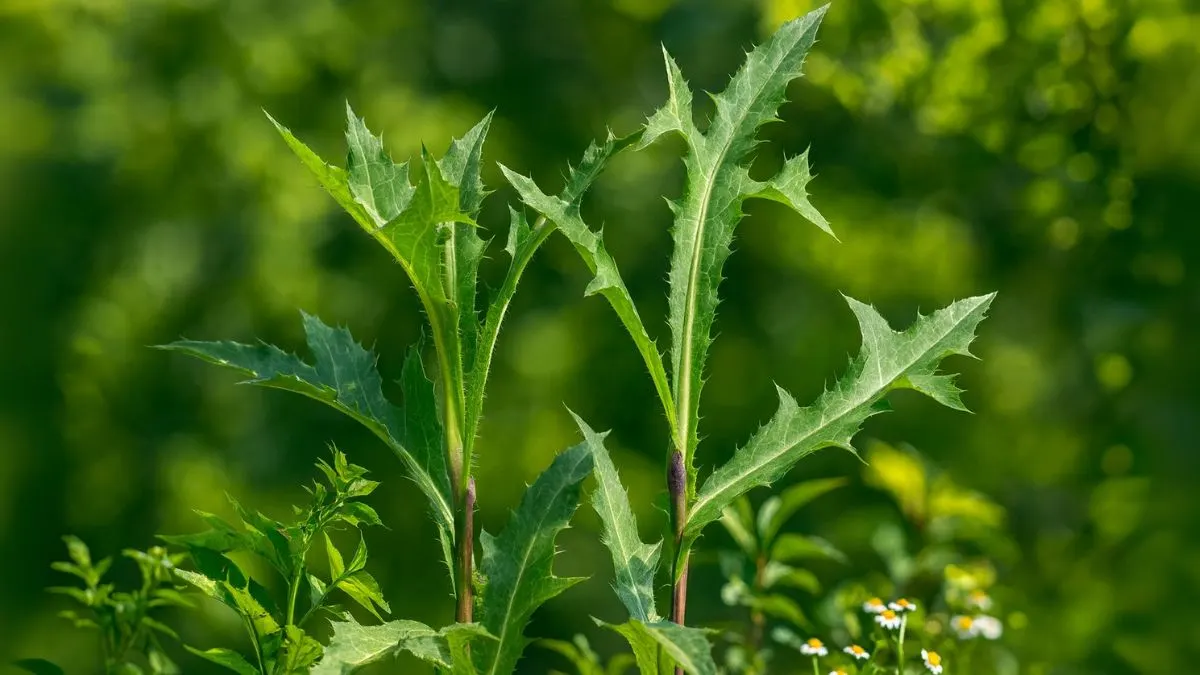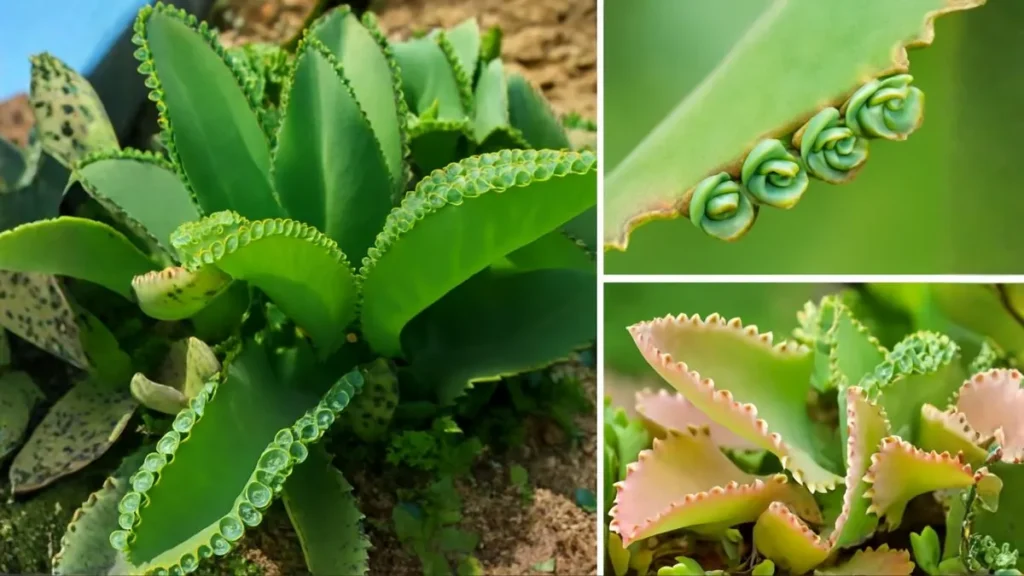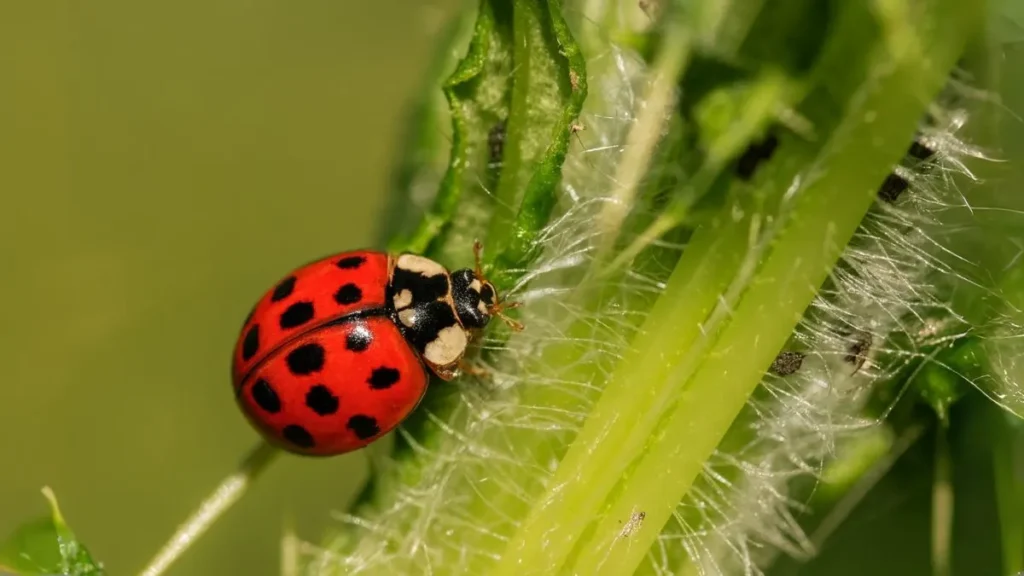When you think of lettuce, salad bowls probably come to mind. But there’s one variety that’s more than just food—it’s a natural medicine chest in leafy form. Wild lettuce is a plant that has been used for centuries as a herbal remedy, valued for both its calming effects and topical healing properties.
In herbal circles, it’s often called “opium lettuce” (don’t worry, it has no opium), but its botanical name, Lactuca virosa, is known worldwide among natural health enthusiasts. Today, we’ll uncover its history, medicinal uses, and the fascinating science behind Why Wild Lettuce Works for Warts.
What Exactly Is Wild Lettuce?

Wild lettuce (Lactuca virosa) is a herbal member of the sunflower family. Native to Europe but now found in Canada, the USA, and many other regions, this plant thrives in open fields, along roadsides, and even in neglected backyards.
What makes wild lettuce unique is its milky white latex sap. This sap contains powerful compounds—lactucin and lactucopicrin—that have been studied for their sedative, anti-inflammatory, and antimicrobial effects.
Traditionally, wild lettuce a nervine has a sedative effect on the brain and CNS, making it a go-to remedy for easing anxiety, calming restlessness, and improving sleep.

The Nervine Power of Wild Lettuce
As a nervine, wild lettuce interacts with the central nervous system to promote relaxation without the addictive risks of pharmaceutical sedatives. For centuries, it’s been brewed into teas, made into tinctures, or applied topically to soothe both body and mind.
If you’re struggling with sleepless nights, mild anxiety, or tension headaches, wild lettuce may provide gentle yet effective relief. Many herbalists combine it with chamomile or passionflower for an enhanced calming effect.
Wild Lettuce and Wart Removal – The Science
Let’s get into one of the most unique uses of wild lettuce—wart removal. If you’ve tried commercial creams and freezing sprays without success, this herbal remedy might surprise you.
Here’s Why Wild Lettuce Works for Warts: Warts are caused by the human papillomavirus (HPV), which thrives in certain skin environments. The milky latex from Lactuca virosa is rich in natural compounds that soften and break down the wart tissue while creating conditions that are unfriendly to the virus.
Also Read: 6 Perennial Herbs for Endless Harvest
This is in line with the broader principle of using foods, plants, or other products that have either antiviral or acidic properties to treat skin infections naturally.
How to Use Wild Lettuce for Wart Treatment
- Harvest Fresh Sap – Cut a stem or leaf from a mature wild lettuce plant to release the white latex.
- Apply Directly – Dab the latex onto the wart, ensuring full coverage.
- Protect Surrounding Skin – Use petroleum jelly around the wart to prevent irritation to healthy skin.
- Repeat Daily – Apply once or twice daily until the wart darkens, dries, and falls off naturally.
Personal Experience: I once had a persistent wart that resisted months of over-the-counter remedies. Applying fresh wild lettuce sap twice daily made it disappear within two weeks.
Other Health Benefits of Wild Lettuce
Beyond skin healing, wild lettuce a nervine has a sedative effect on the brain and CNS, which supports:
- Anxiety Relief – Helps calm nervous tension.
- Insomnia Management – Encourages deep, restful sleep.
- Pain Relief – Eases headaches, joint discomfort, and muscle aches.
Its latex also has mild analgesic properties, making it a gentle choice for those avoiding stronger painkillers.
Precautions Before Using Wild Lettuce
While natural, wild lettuce (Lactuca virosa) is a herbal remedy that should be used wisely:
- Avoid during pregnancy or breastfeeding.
- Always patch-test before topical use.
- Do not consume large amounts internally, as it may cause nausea or dizziness in sensitive individuals.
Wild Lettuce in Global Herbal Medicine
In North America, herbalists often collect wild lettuce in late summer when the latex is most potent. In Europe and Asia, it’s been part of folk medicine for hundreds of years, valued for both its nervine properties and its topical healing abilities.
Also Read: The Secret Weapon to a Pest-Free Home
Pairing Wild Lettuce with Other Natural Remedies
For wart removal, many herbal practitioners recommend pairing wild lettuce latex with other natural antivirals like garlic or apple cider vinegar. This combination follows the principle of using foods, plants, or other products that have either antiviral or acidic properties for multi-layered defense.
Benefits of Wild Lettuce
Benefit |
How It Works |
Ideal Use |
Wart Removal |
Latex sap with antiviral & acidic properties |
Direct application to warts |
Anxiety Relief |
Wild lettuce a nervine has a sedative effect on the brain and CNS |
Tea, tincture, or capsule |
Pain Relief |
Analgesic compounds in latex |
Joint & muscle aches |
Sleep Aid |
Sedative action |
Taken before bed |
A Gentle, Effective Herbal Ally
Wild lettuce is a plant with an impressive range of uses. From calming the nervous system to showing Why Wild Lettuce Works for Warts, this humble herb offers solutions that are both gentle and effective.
If you’re looking for a natural approach to skin health, relaxation, or mild pain relief, Lactuca virosa may be the herbal ally you’ve been searching for.






